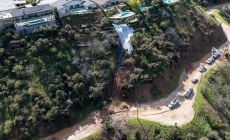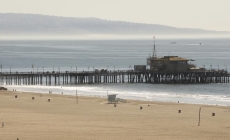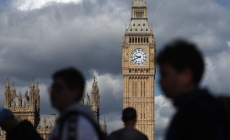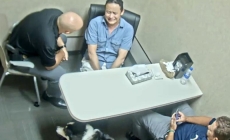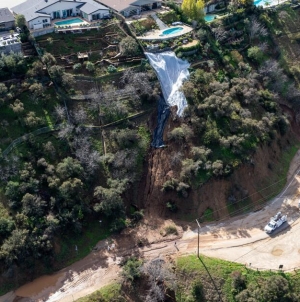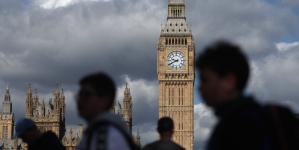-
San Mateo County expresses concern against Waymo, driverless cars - February 21, 2024
-
A portion of Mulholland Drive, damaged by mudslides in winter storms, reopens - May 26, 2024
-
‘Maybe You Don’t Want to Win’ - May 26, 2024
-
Donald Trump Putting Law Enforcement in Danger: Attorney - May 26, 2024
-
Avoid the waters of these 5 L.A. County beaches this holiday weekend, public health officials say - May 26, 2024
-
Bawdy Comedy ‘Anora’ Wins Palme d’Or at Cannes Film Festival - May 26, 2024
-
Map Shows Heat Wave Zone Spread Into Five New States - May 26, 2024
-
Azusa police arrest suspected slingshot-wielding vandal - May 25, 2024
-
Donald Trump Hammers Judge Ahead of Jury Instructions - May 25, 2024
-
Sometimes U.S. and U.K. Politics Seem in Lock Step. Not This Year. - May 25, 2024
San Mateo County expresses concern against Waymo, driverless cars
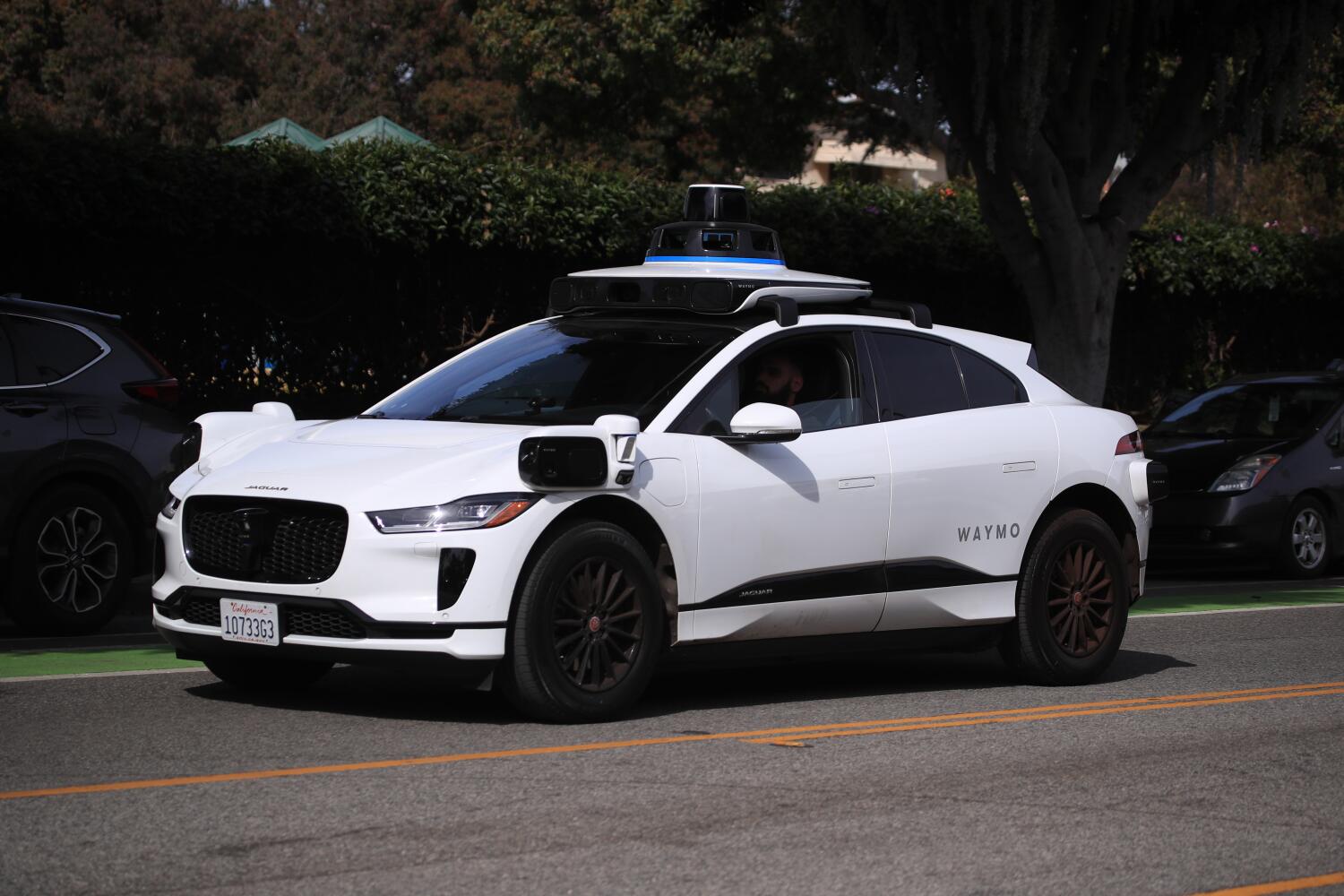
Another California community is raising concerns about plans to unleash the Waymo self-driving vehicle in its jurisdiction, following several incidents involving autonomous ride-hailing cars that resulted in injuries.
San Mateo County, in the San Francisco Bay Area, has requested more information from state regulators before allowing Google-owned Waymo to operate its driverless vehicles in the county.
San Mateo County made the request after Waymo submitted a letter Jan. 19 to the California Public Utilities Commission, asking the agency to approve its proposed expansion of its Automated Vehicle Passenger Services into portions of the San Francisco Peninsula, which includes San Mateo County, as well as the southwest region of Los Angeles County.
The company has already been serving a portion of San Francisco, from Lands End to Bernal Heights. The autonomous car began offering rides for a limited time in November in Santa Monica, Century City, West Hollywood, Mid-City Koreatwon and downtown L.A., giving residents a chance at testing the driverless ride.
Waymo received approval on its plans to expand where it can provide its passenger carrier service from the California Department of Motor Vehicles just days before.
San Mateo County’s attorney John D. Nibbelin said the county is protesting the commission’s pending approval, saying the county didn’t have enough information on the expansion plans or enough engagement with Waymo.
“The ‘quick and simplified’ advice letter review process, which is intended for ‘requests that are expected neither to be controversial nor to raise important policy questions,’ is insufficient to develop the evidence necessary to fully understand the potential impacts and issues Waymo’s expansion into San Mateo County will create, including accounting for the differing needs and hurdles Waymo will face operating in San Mateo County, as compared to City and County of San Francisco,” Nibbelin’s letter to the commission stated.
San Mateo County Officials and other communities say they want a say in the regulation of driverless car company operations.
In a Feb. 13 county board of supervisor meeting, the board approved a resolution in support of Senate Bill 915, which would grant local governments the authority to permit or prohibit the use of driverless cars within their jurisdiction.
Waymo representatives met with some members of the San Mateo County Board of supervisors and county executive officer Mike Callagy, said Michelle Durand, the county’s chief communications officer.
“The conversations were fairly general, but Waymo didn’t provide any specifics of their operation plans in San Mateo County, saying that those are still in development,” Durand said.
Waymo spokesperson Julia Illiana said that ahead of the company’s application to expand its service area, it reached out to stakeholders including county officials, local first responders, cities, bike coalitions and others.
“Our briefings included information on Waymo’s mission, experience and how our technology works,” Illina said.
“Additionally we were transparent with stakeholders about our interest in expanding Waymo’s commercial ride-hailing service for members of the public to include Peninsula cities.”
Currently, local jurisdictions have no say in the commercial deployment of autonomous vehicles.
In Los Angeles, Mayor Karen Bass said her city should have a say in how such vehicles are regulated and asked state regulators in November to increase their scrutiny of companies that operate autonomous vehicles. In August, a Waymo car failed to initially stop for a traffic officer who had been signaling east- and westbound traffic to come to a stop at Beaudry Avenue and Wilshire Boulevard. No injuries were reported in that incident.
On Feb. 7, a cyclist was injured in San Francisco by a Waymo vehicle. SFGate reported that the vehicle stopped at a four-way intersection before proceeding; a large truck was driving through in the opposite direction. A cyclist was near the truck and crossing into the Waymo vehicle’s path. When the cyclist became visible, the Waymo vehicle applied its brakes but was not able to avoid the collision. The cyclist had non-life-threatening injuries.
Source link



